Porcini mushrooms /Boletus/ are a genus of basidiomycetes from the Boletus family, whose members bear the same name as bolete mushrooms. There are some species of the same family, but a different genus, which are also called bolete mushrooms.
Individual types of bolete mushrooms are widespread, but the common porcini mushroom is very highly valued. The spore-forming layer of all species of bolete mushrooms is in the form of dense tubes. They are located at the bottom of the cap and often have a round form. The stumps are thick, especially at the base and are striated with colored dots or net stripes.
Types of bolete mushrooms
Common porcini mushroom /Boletus edulis/. This is the most popular representative of this genus. It is found in many places around the world, especially in the Northern Hemisphere. The cap of young mushrooms is hemispherical and subsequently expands with a diameter that reaches from 5 to 30 cm. The color of the cap is whitish to brown and its surface is dry and relatively smooth.
Its stump has an oval shape at the beginning and the height varies from 7 to 25 cm. All of it is covered with an embossed whitish mass, which is best expressed at the upper end. The flesh of the common porcini mushroom is white and dense. It does not change color when injured, has a pleasant taste and aroma. In older mushrooms, the flesh may resemble foam.
You can find this mushroom in coniferous and deciduous forests, which are found in both mountains and plains. Depending on the climatic conditions, it can be collected from May to November. It is believed to be one of the most harvested mushrooms, because of its excellent taste and nutritional value.
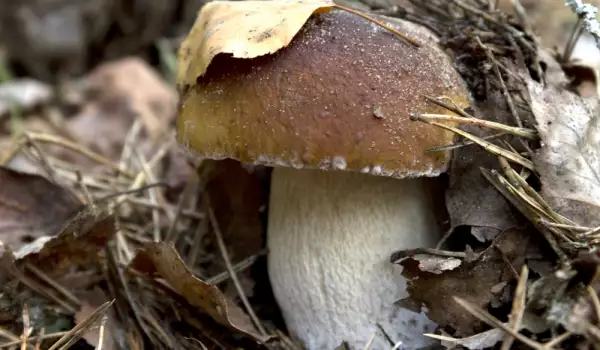
Bronze bolete /Boletus aereus/ - it is also known under the name Queen Bolete. It has a cap that reaches 20 cm, has a hemispherical shape and a folded edge. When it reaches maturity it cracks and splits. The skin color of the bronze bolete is dark to chocolate brown with a bronze tinge, hence the name. The flesh is white, very firm, which turns yellow when cut or pressed.
The bronze bolete has tubes, which are about 1.5 cm long, which are located in close proximity to the stump. The pores of the fungus are yellow and the spore pollen is yellowish-green. You will know the young mushroom by the gray-yellow color, while the old ones on the old mushroom are dark brown. The bronze bolete in all forests, but still has a preference for deciduous forests. It grows singly in spring, summer and autumn.
Iodine Bolete /Boletus impolitus/ - lives in broad-leaved forests, it is also common in most parts of Europe. Its cap reaches a diameter of up to 15 cm. At first it is hemispherical, later it is convex or flat-convex.
It is usually smooth or slightly finely dusted, pale brown or greyish. It does not change color when scratched. Its stump is bulging, cylindrical or owl-shaped. The flesh of young mushrooms has a pale lemon-yellow color, later it turns whitish. Does not change color when exposed to air. The aroma of young mushrooms is indeterminate, while in older ones it is similar to iodine. The iodine bolete inhabits mainly deciduous forests.
Pine bolete /Boletus pinophilus/ - its cap is dark red to brown, in some cases it has dark purple hues. Young mushrooms are covered with a white powder, which disappears in more developed mushrooms. It usually reaches up to 20 cm, but it is not excluded, that it can become even higher. The flesh of the pine mushroom is dense and white - it does not change its color. A reddish stripe can be seen under the cap's delicate cuticle. It has a pleasant taste and almost no smell. It is found in coniferous forests with spruce and pine, in rare cases in beech forests. It appears early in the spring and continues to grow until the end of autumn.
Royal bolete /Boletus regius/ - It is widespread in southern Europe. The cap is hemispherical in young mushrooms and later it is upright or flat with a diameter of 5 to 20 cm. Its stump is colored yellow, with brownish spots at the lower end. It has a firm and dense structure. The flesh is lemon yellow and the stump is reddish. It does not change color when injured, has a pleasant taste and aroma. It grows in broad-leaved forests and is very rare.
Composition of porcini mushrooms
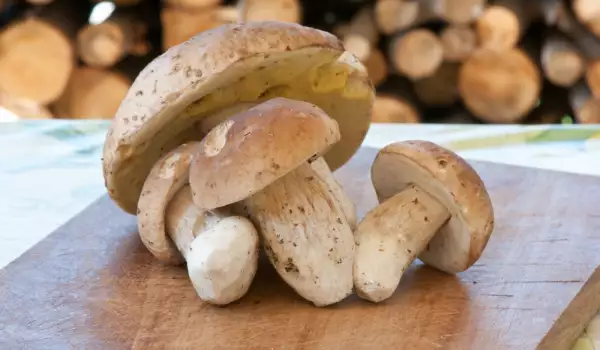
Porcini mushrooms contain up to 35% complete protein, which includes glutamine, arginine, leucine and tyrosine. They contain a large amount of vitamin PP and nicotinic acid, various micro- and macroelements. By consumption of the bolete mushroom, the body is supplied with B-group vitamins, vitamin C, vitamin E and vitamin D.
100 g of porcini mushrooms contain:
- 26 calories;
- 1.6 g of carbohydrates
- 0.7 g of fat
- 3.3 g of proteins.
The amount of water is about 95 ml. There is no cholesterol in the porcini mushrooms.
Selection and storage of porcini mushrooms
When buying porcini mushrooms, you should pay attention to the appearance and smell. They should not be hurt, with a bad aroma and a dubious appearance. If you want to collect these mushrooms yourself, be very careful. Store the porcini mushrooms in the refrigerator, but it's best to eat them as soon as you get them.
Porcini mushrooms in cooking

First of all, you need to clean and wash the mushrooms very well before heat treatment. There are certain peculiarities in cleaning. First, you need to remove the yellowish part that is under the cap. These are the spores that have the consistency of a fungus and when cooked they loosen up and absorb a lot of liquid. In addition, they do not have particularly tasty qualities.
Porcini mushrooms can be fried, added to soups and spaghetti sauces and breaded. If you want to fry a large amount of them, do not pour them into the pan at once, because they release a lot of liquid.
Benefits of porcini mushrooms
The inside of these mushrooms is very well absorbed by the gastrointestinal tract and there is no need for the presence of additional gastric juices. The vitamins and substances found in these mushrooms make them a valuable part of a healthy diet. Nutrients absorb toxins and remove them from the body.
Harms from porcini mushrooms
Porcini mushrooms have poisonous twins, the most dangerous of which is the Devil's bolete. Be careful and if a problem occurs after consuming porcini mushrooms, immediately consult a doctor. In some cases, even edible porcini mushrooms can cause a stomach problem, but this is not a life-threatening condition.
And with a few fresh porcini mushrooms you can prepare:
Read also how to recognize porcini mushrooms, how to preserve porcini mushrooms and how to freeze porcini mushrooms.
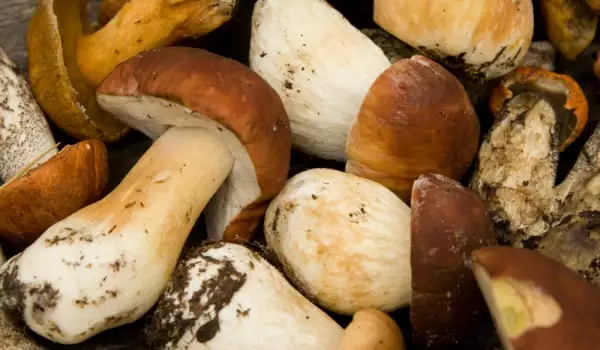
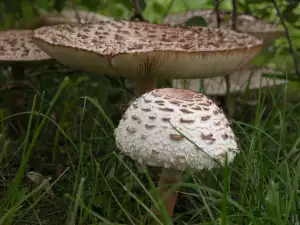
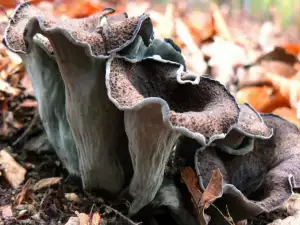
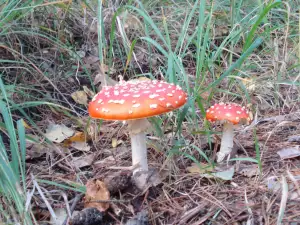
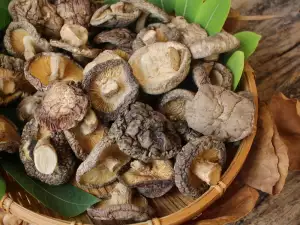
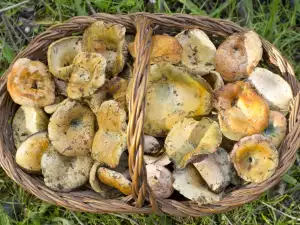
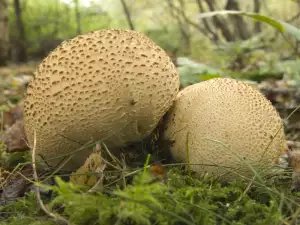
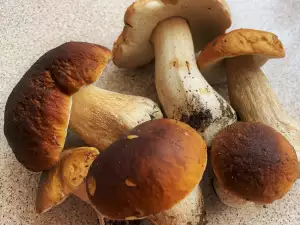
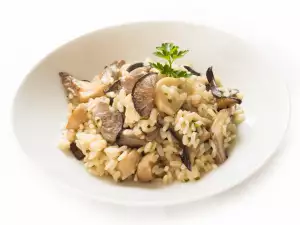
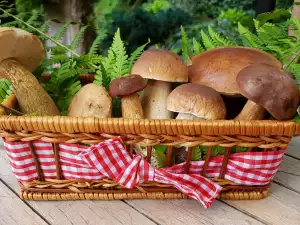
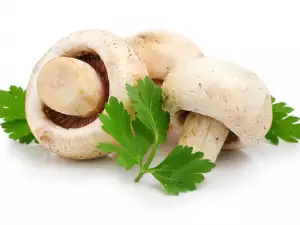
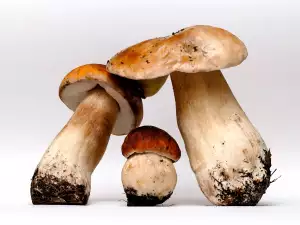
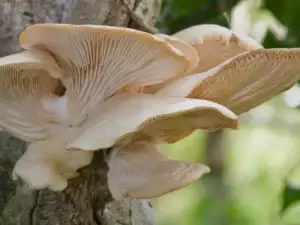




Comments